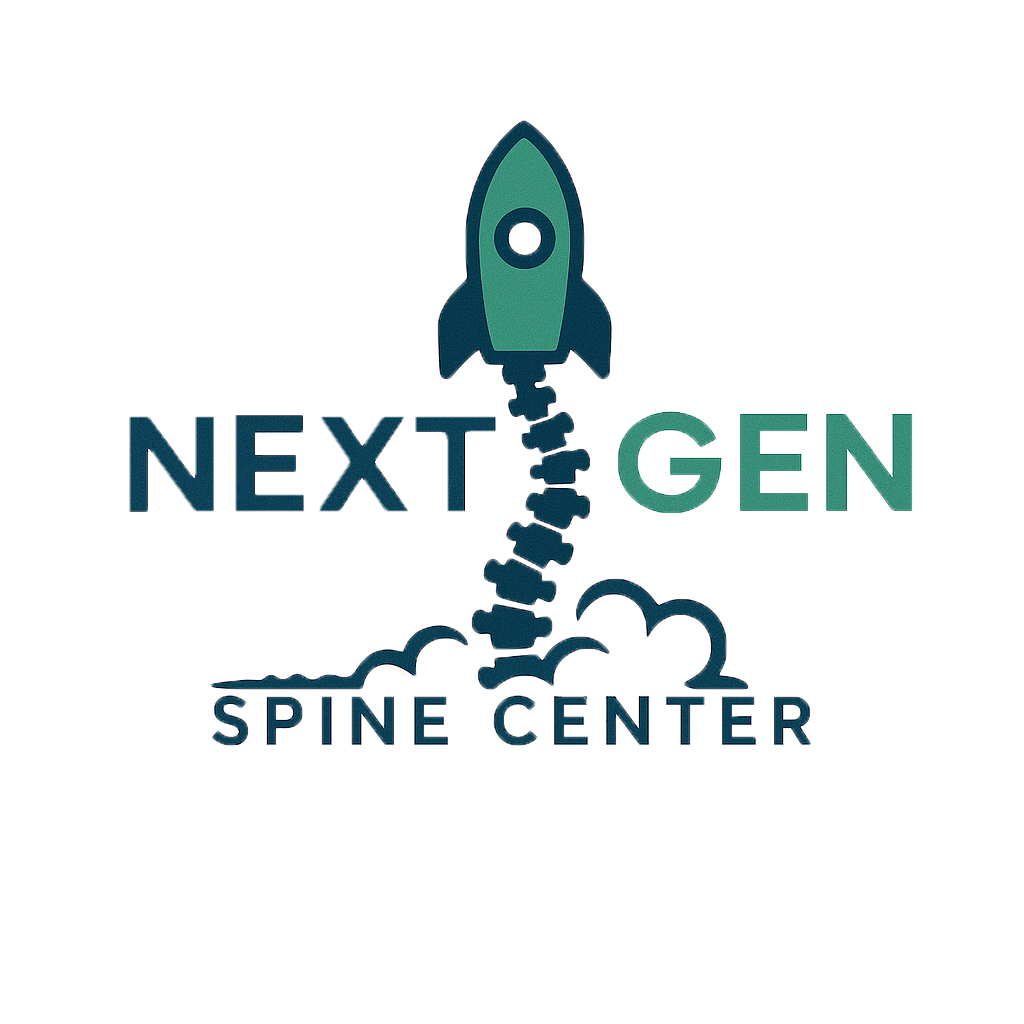Minimally Invasive Laminectomy
Overview
A minimally invasive laminectomy is a surgical procedure to relieve pressure on the spinal cord or nerves by removing part of the lamina, the bony arch of the vertebra. Unlike traditional open laminectomy, this technique uses smaller incisions and specialized tools to minimize tissue damage, reduce pain, and promote a faster recovery.
Advantages of Nextgen Spine Care’s Minimally Invasive Spine Surgery
- Smaller incisions and minimal muscle disruption.
- Less postoperative pain and scarring.
- Faster recovery and return to daily activities.
- Outpatient procedure/ Same-day discharge.
- Performed under Conscious IV Sadation, general anesthesia not required
- Reduced risk of infection and complications compared to open surgery.
- Precise removal of bone and soft tissue causing compression.
Explanation of the Procedure
- During a minimally invasive laminectomy:
- A small incision is made over the affected spinal segment.
- A tubular retractor is inserted to gently separate muscles.
- Specialized instruments are used to remove part of the lamina and any bone spurs compressing nerves.
- The nerve roots are decompressed.
- The incision is closed with a few sutures.
- Patients go home the same day.
Common Symptoms That Can Be Relieved
- Lower back or neck pain.
- Radiating leg or arm pain (sciatica or cervical radiculopathy).
- Numbness or tingling in extremities.
- Muscle weakness.
- Difficulty standing or walking due to nerve compression.
Conditions That Could Cause These Issues
- Spinal stenosis.
- Degenerative disc disease with narrowing of the spinal canal.
- Bone spurs compressing nerve roots.
- Spondylolisthesis causing nerve compression.
- Herniated discs contributing to spinal canal narrowing.
